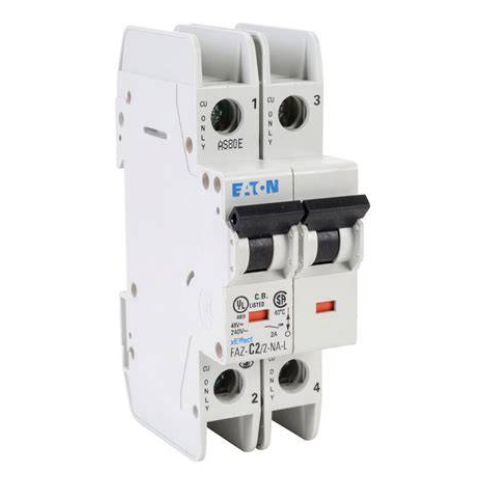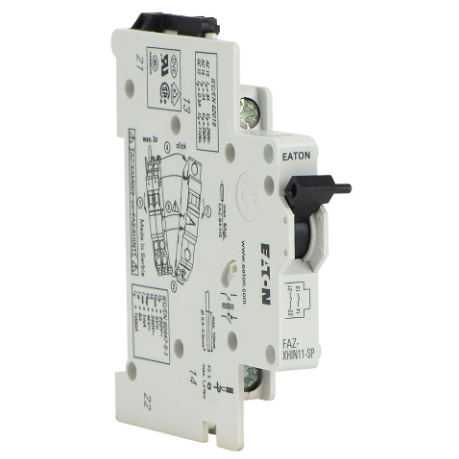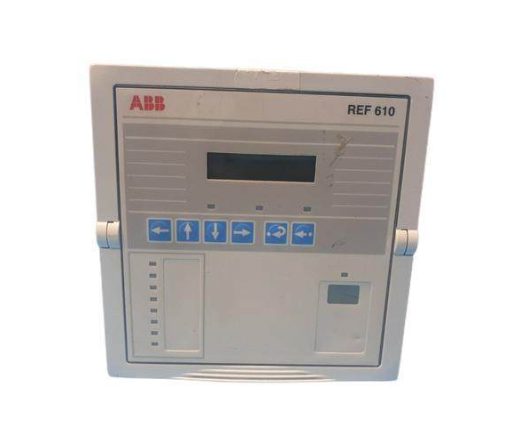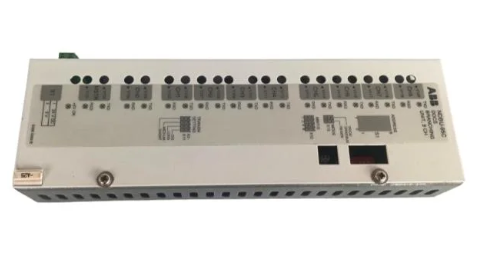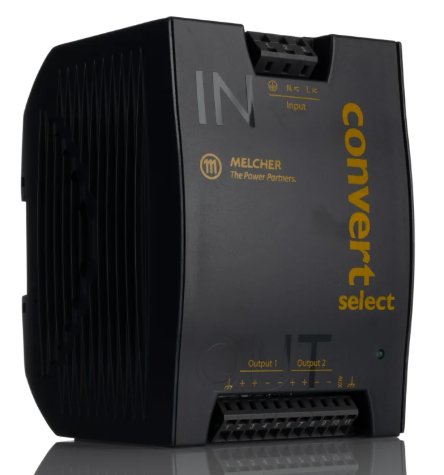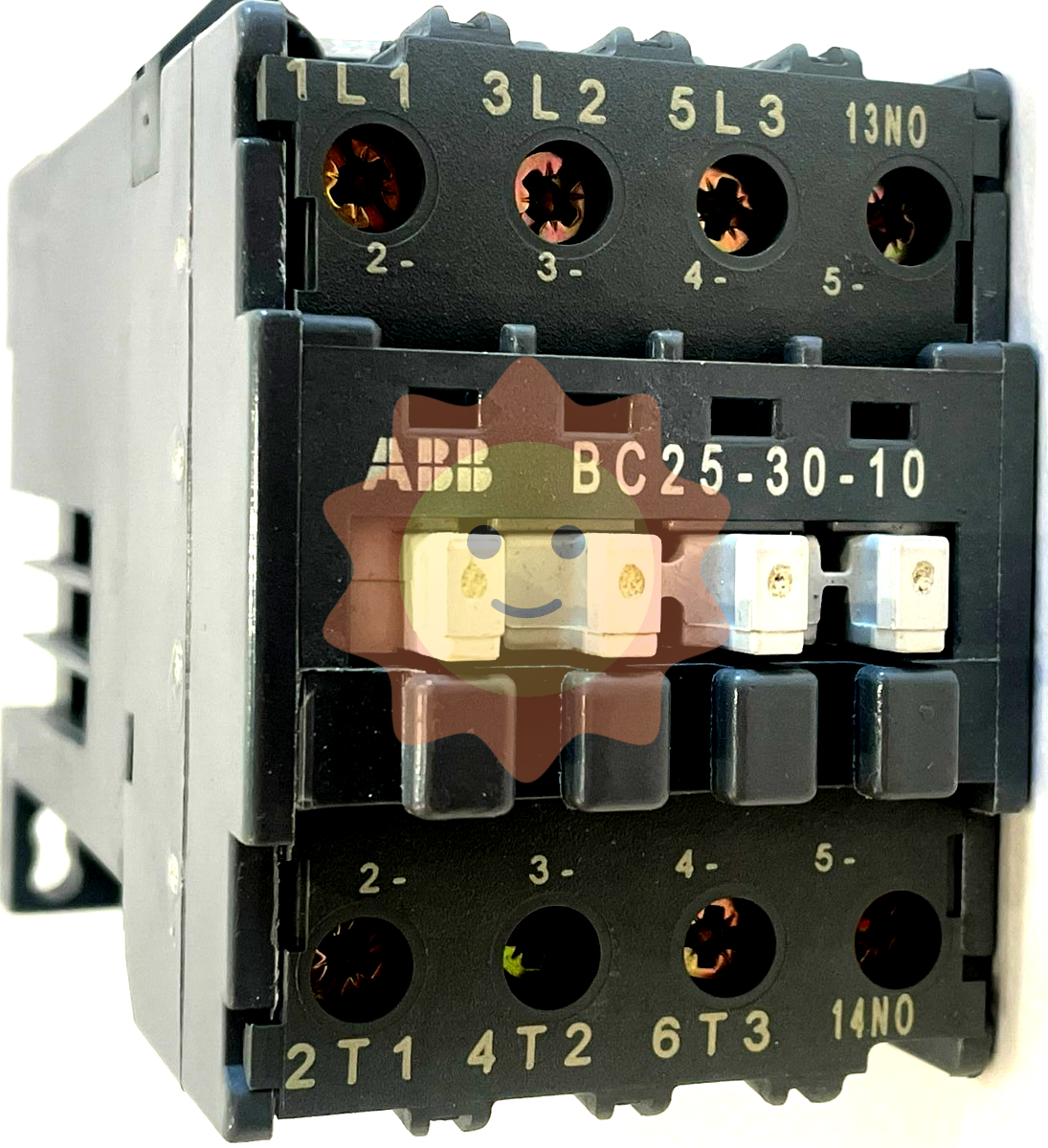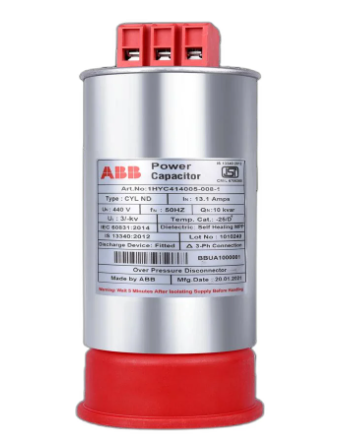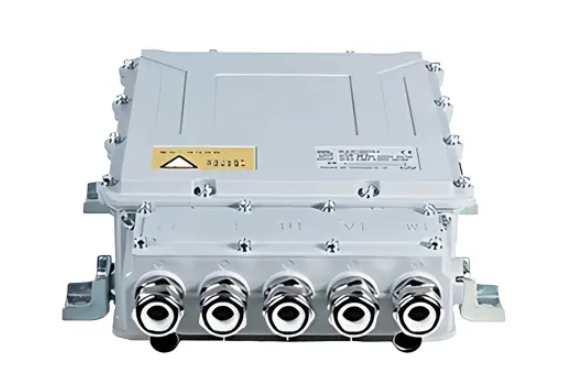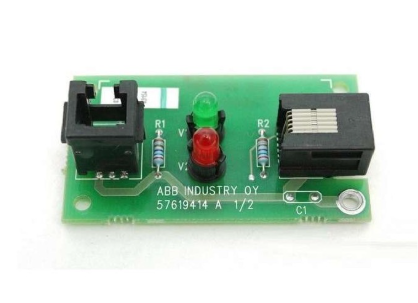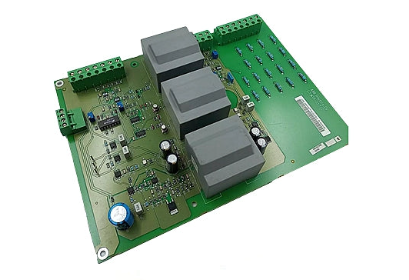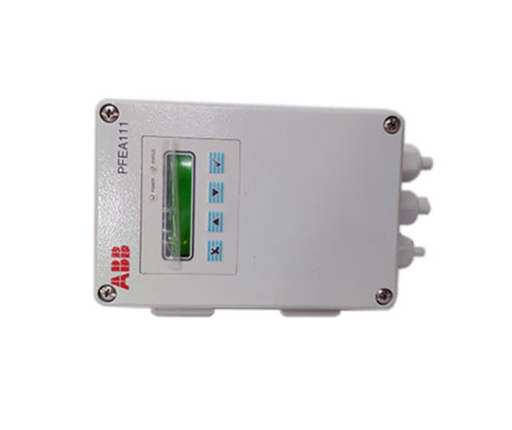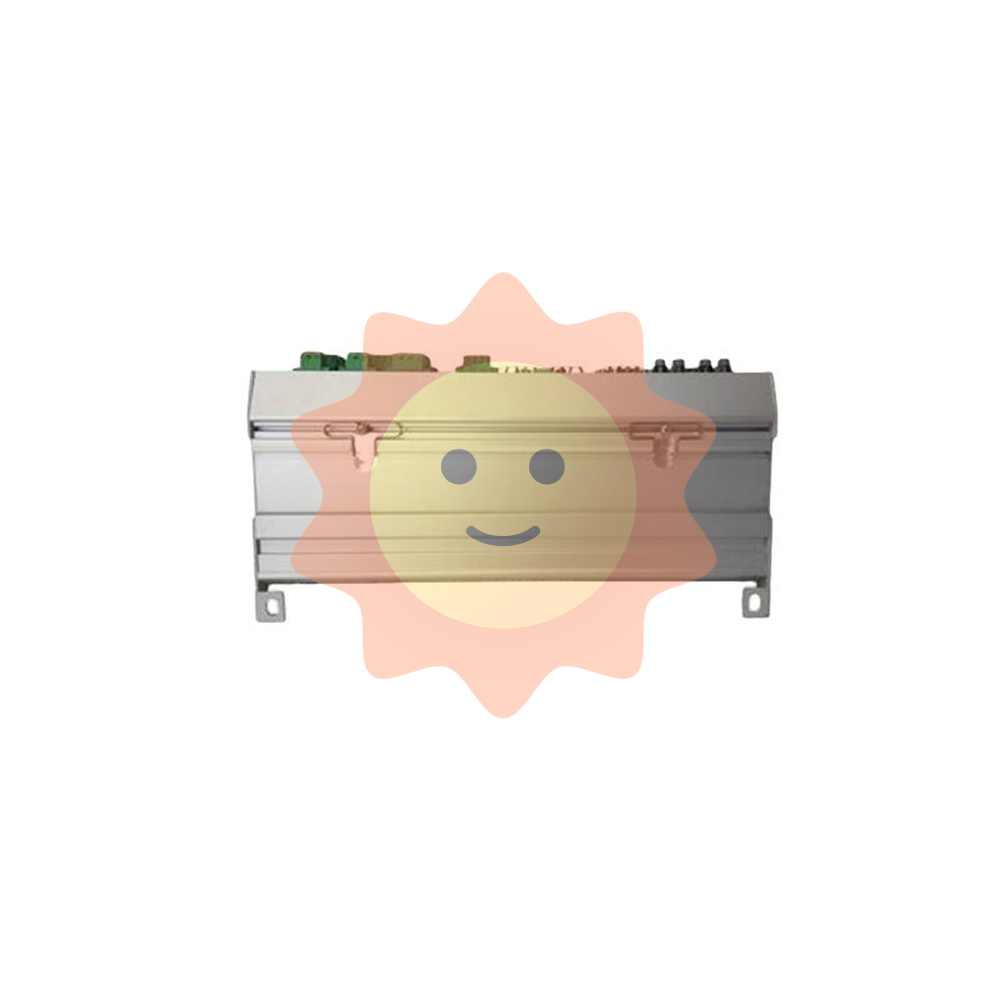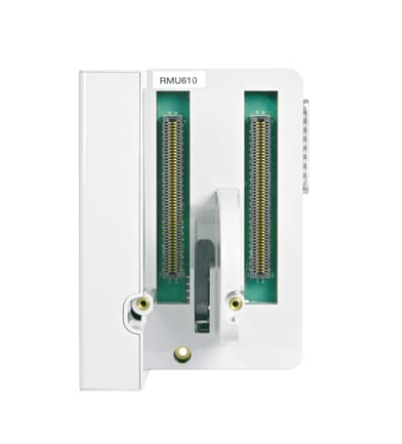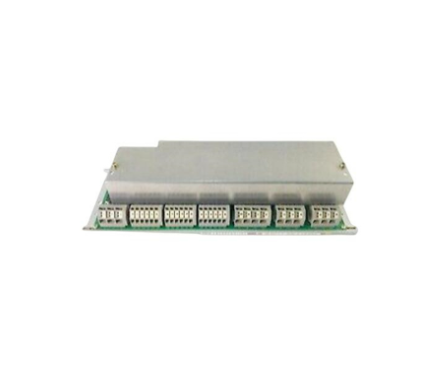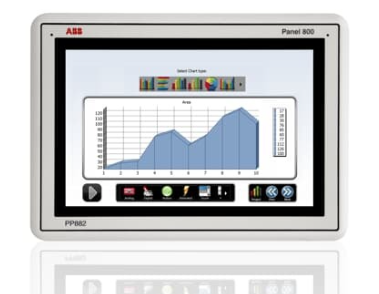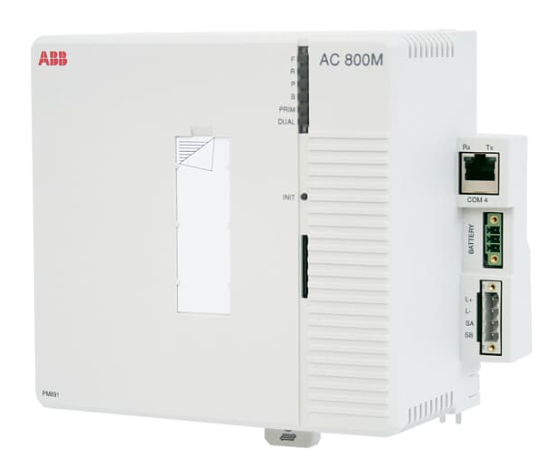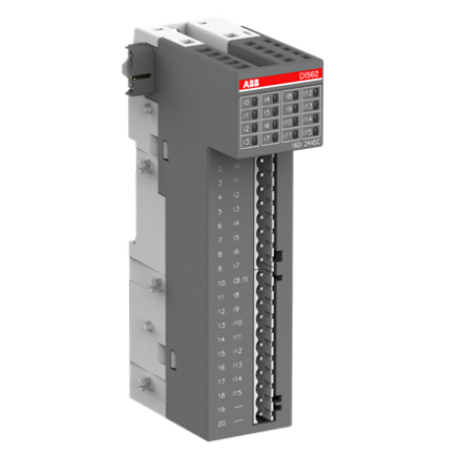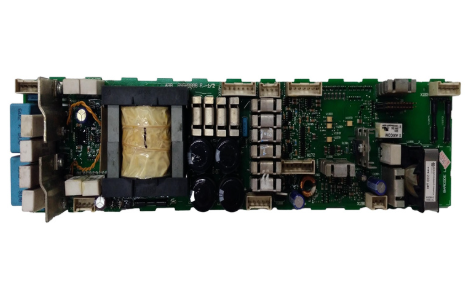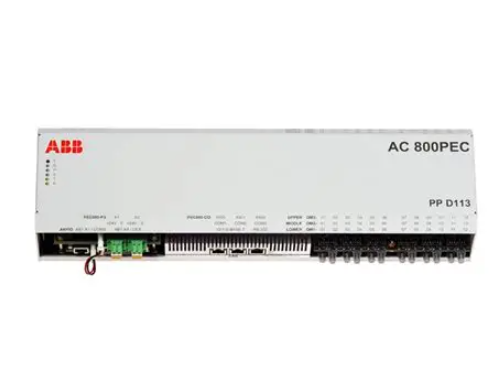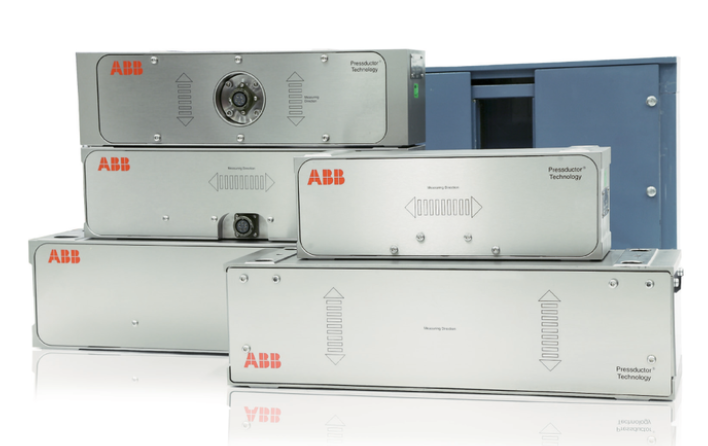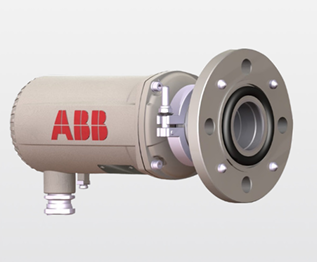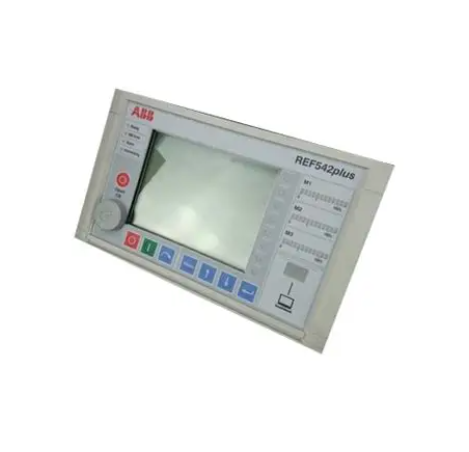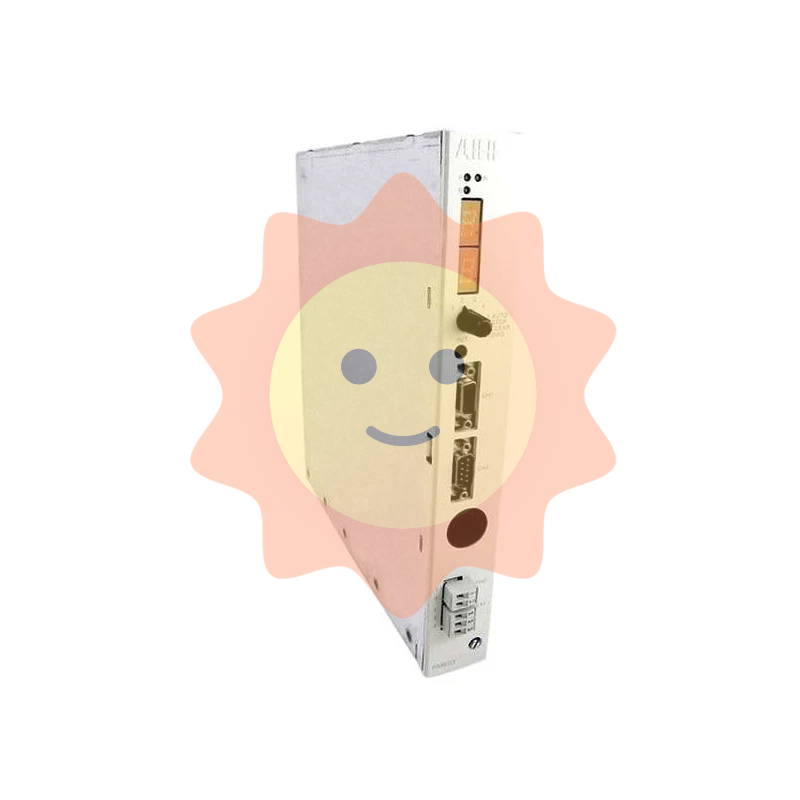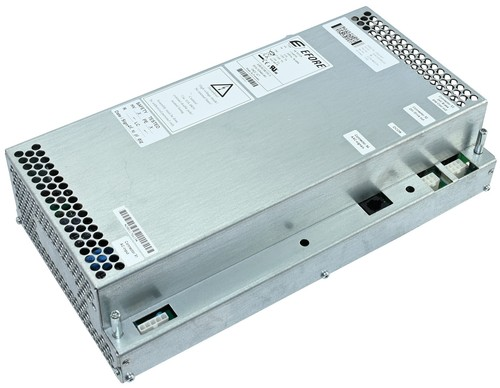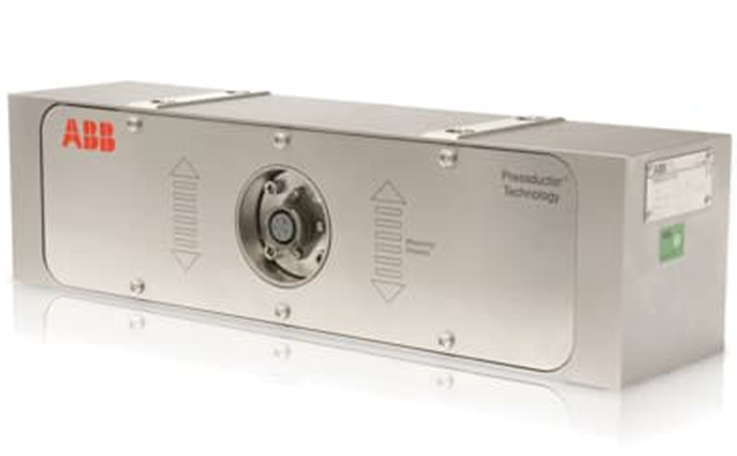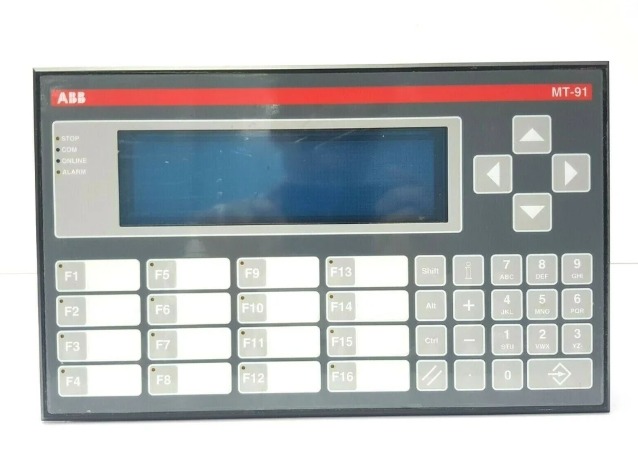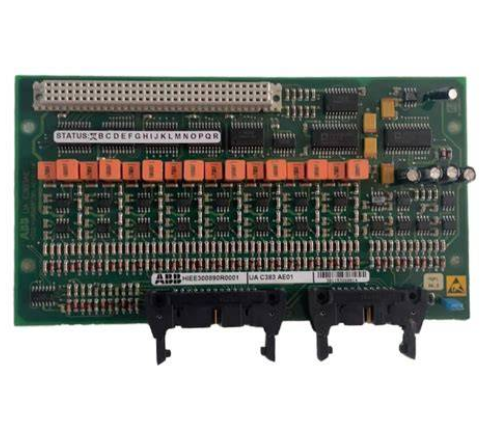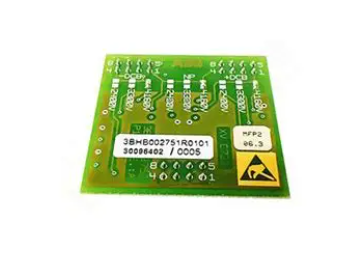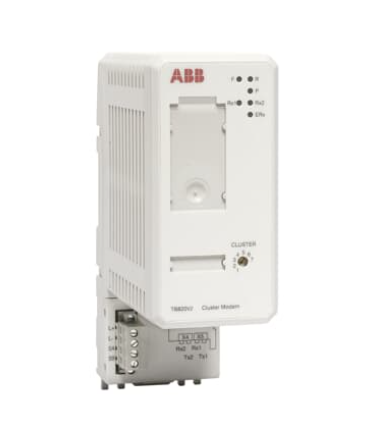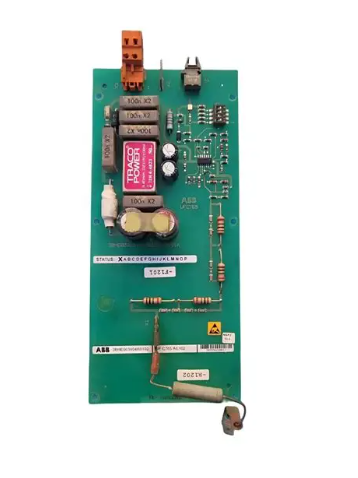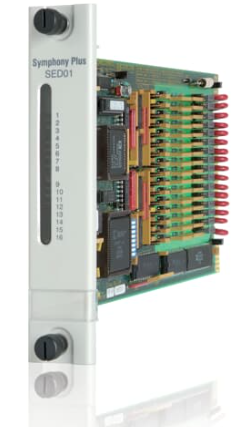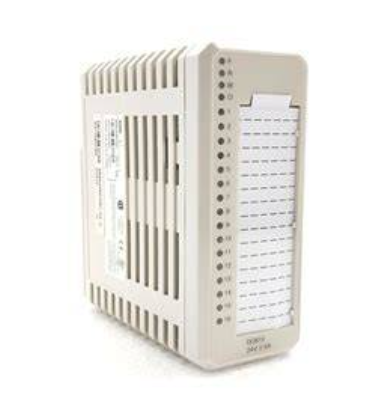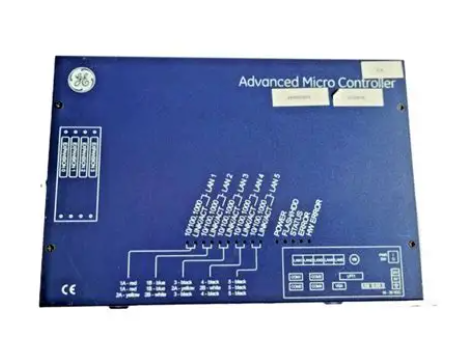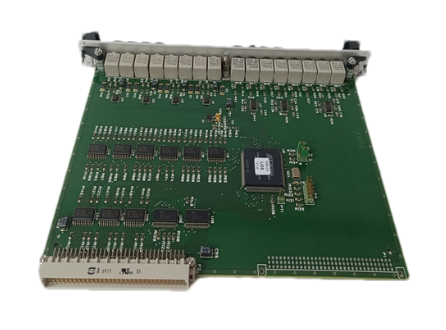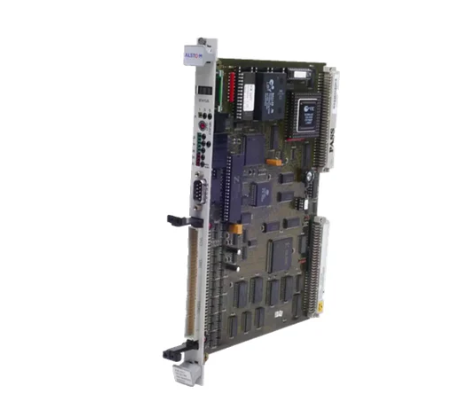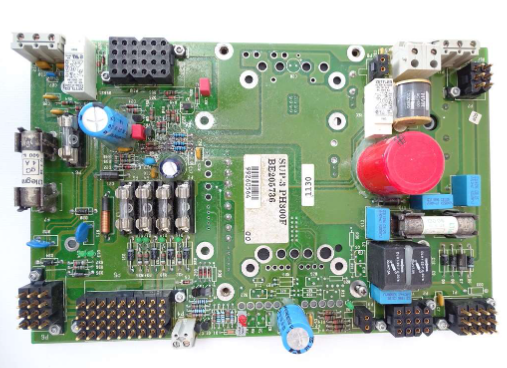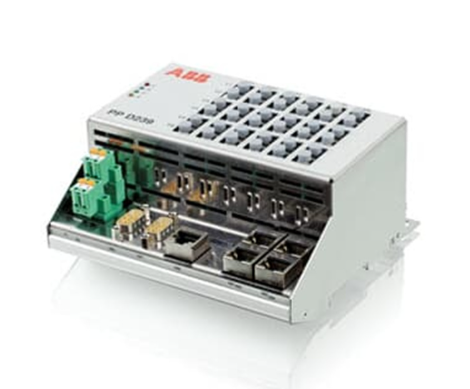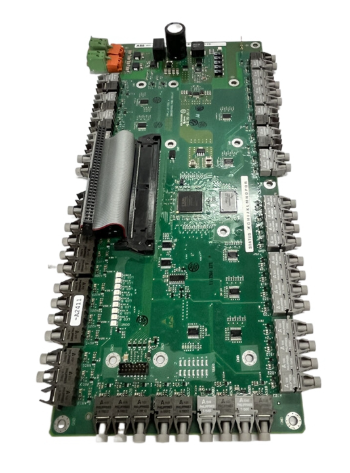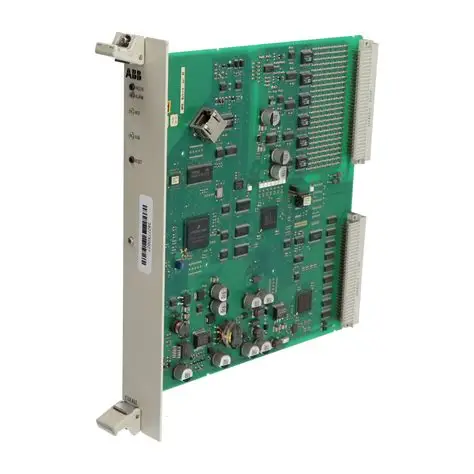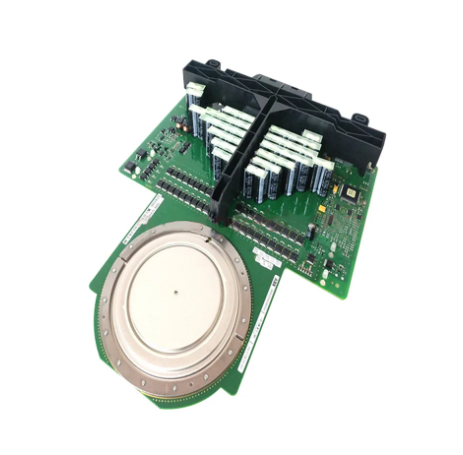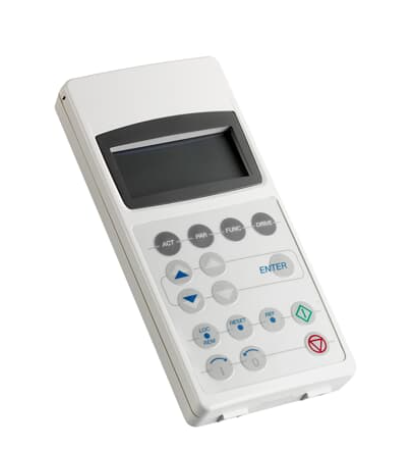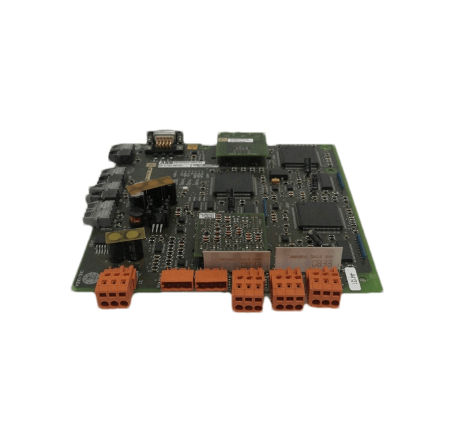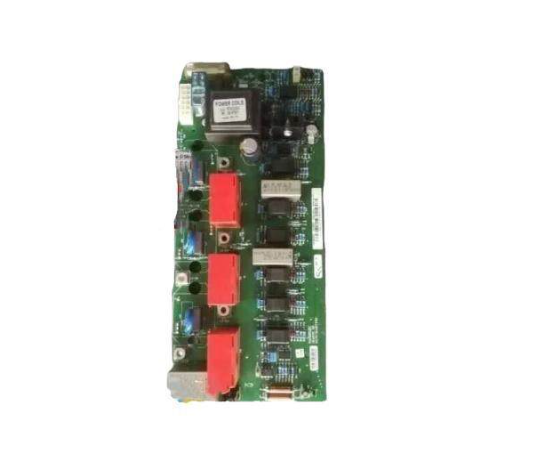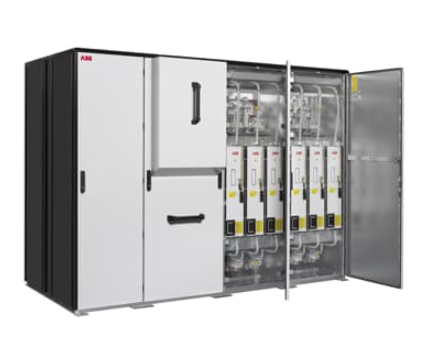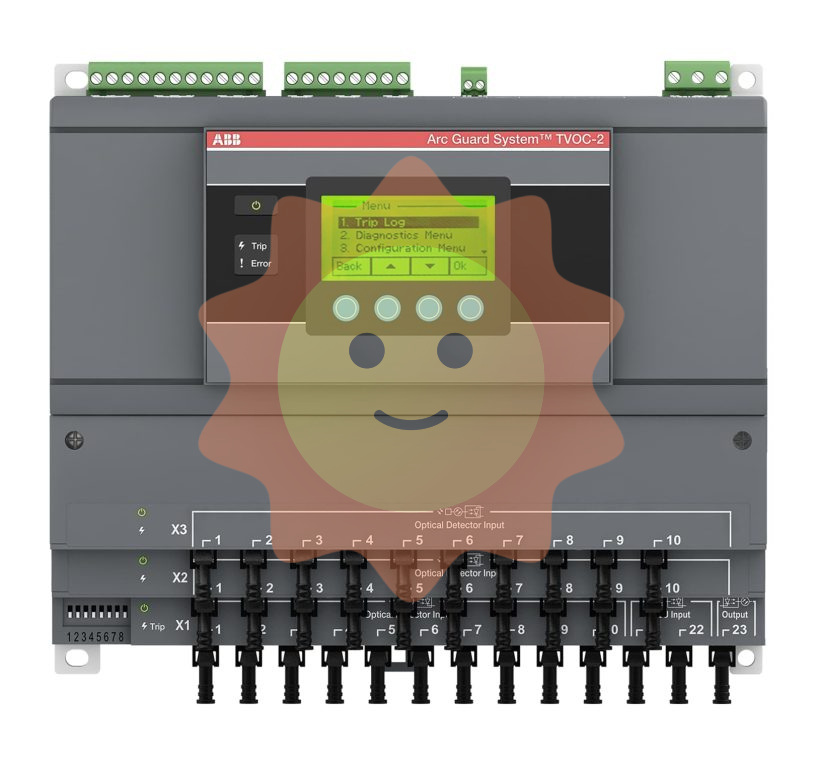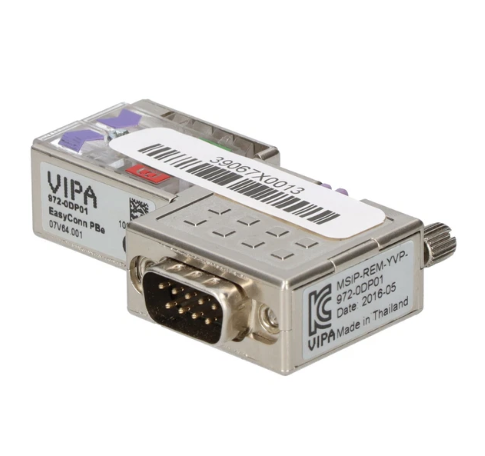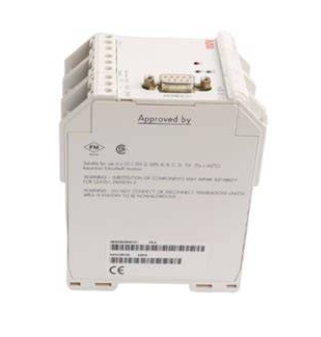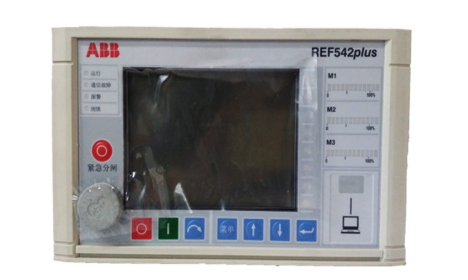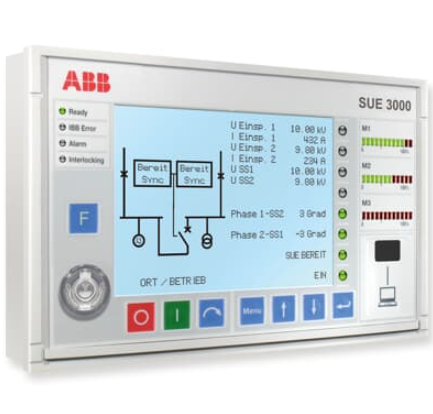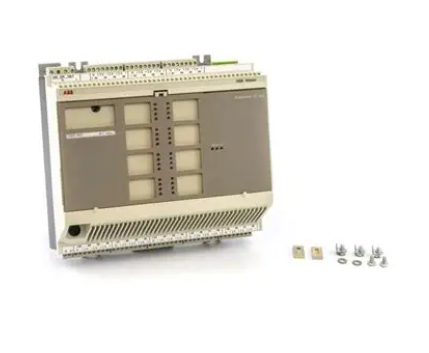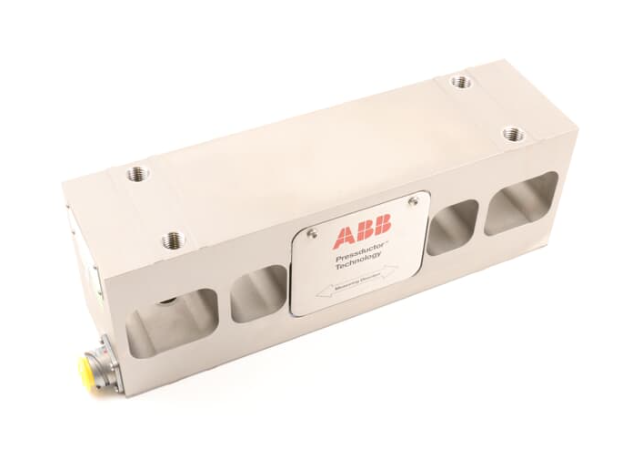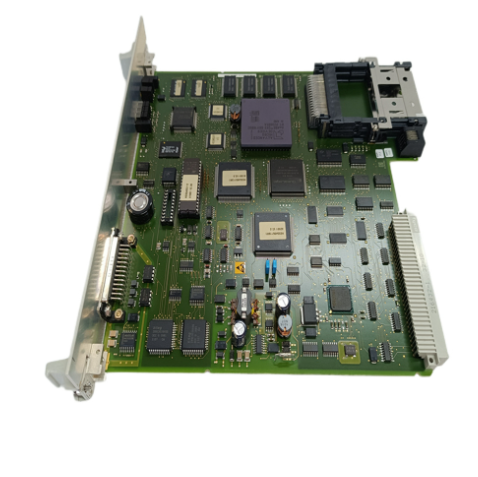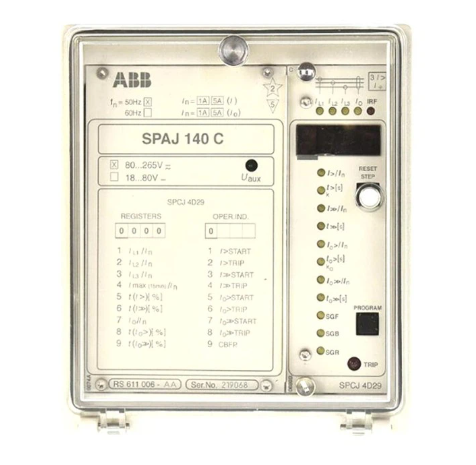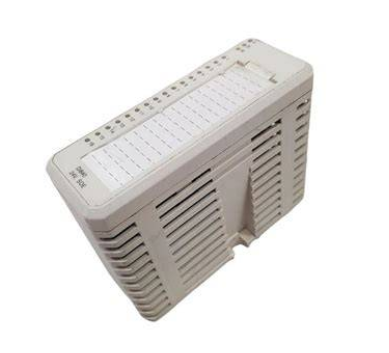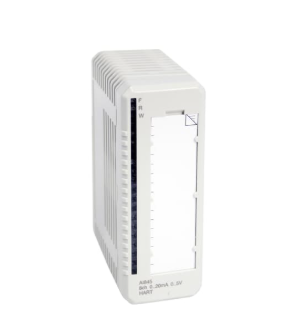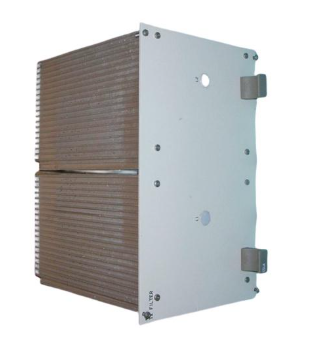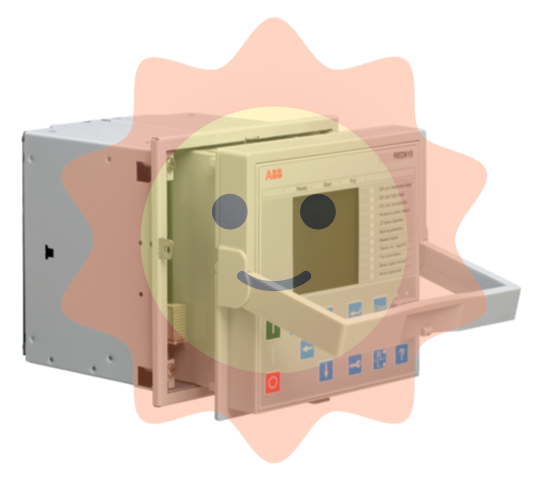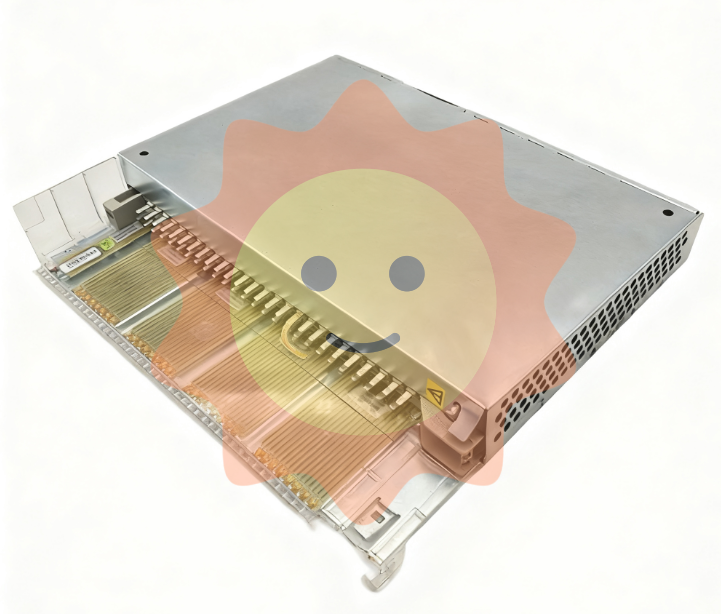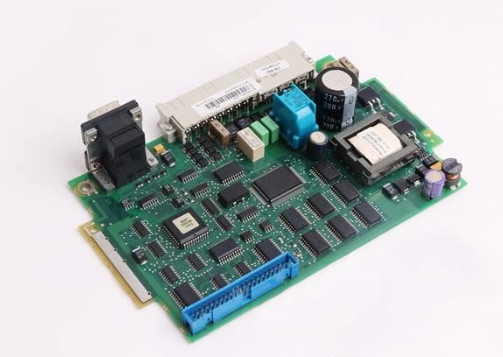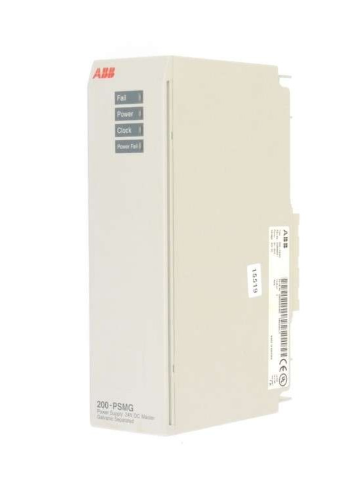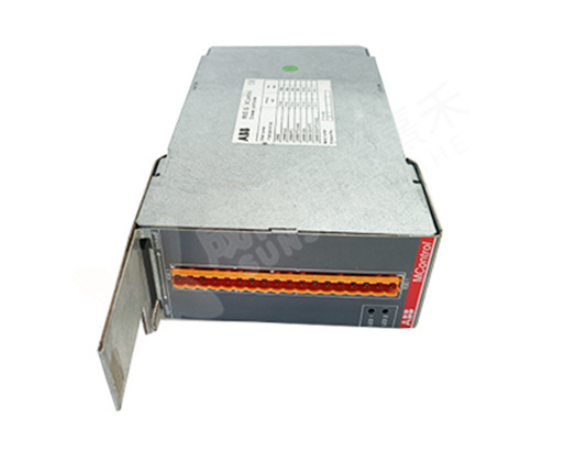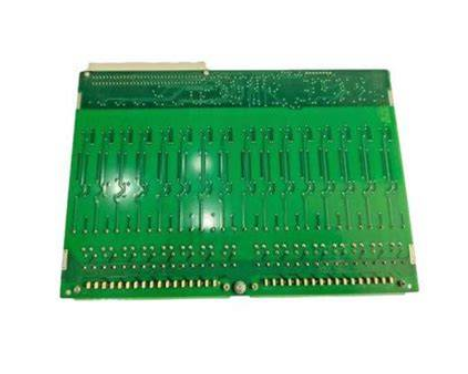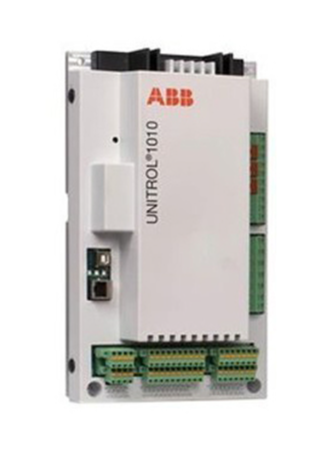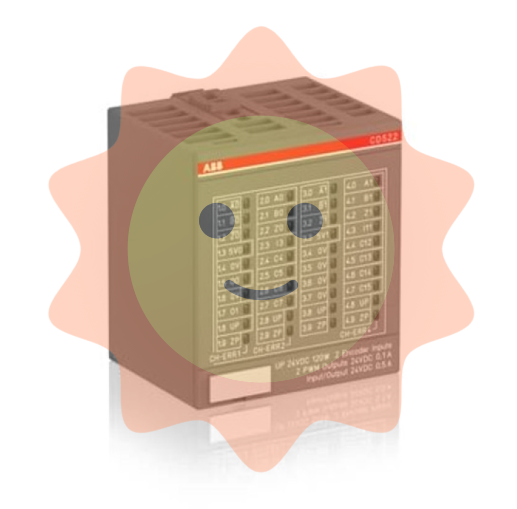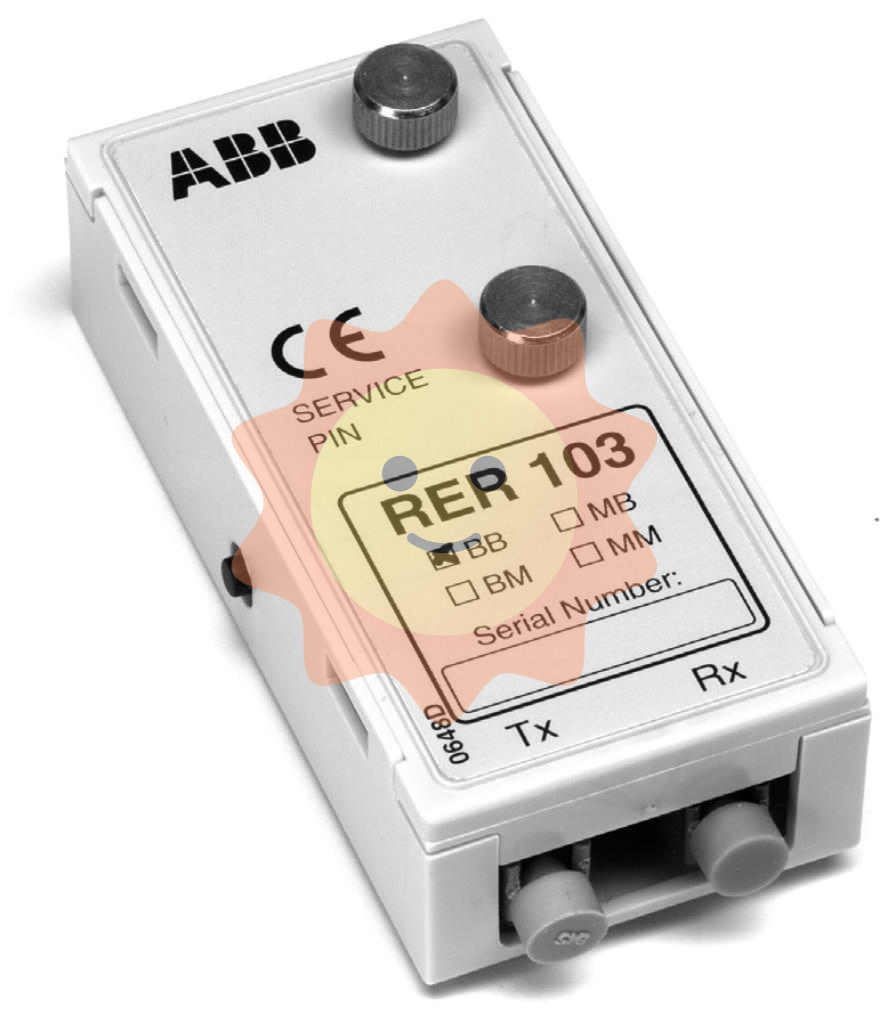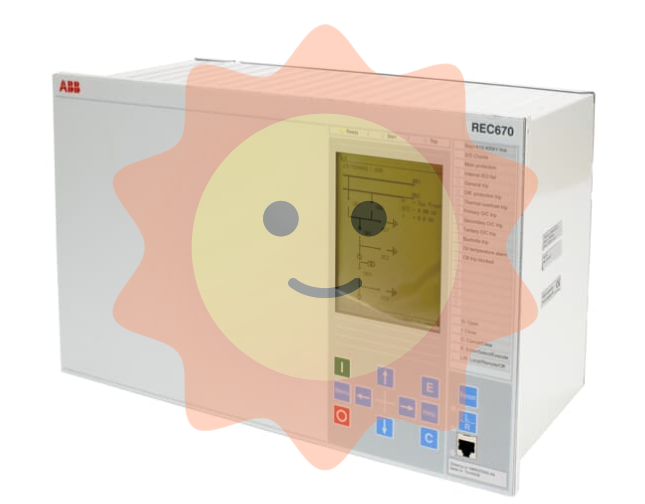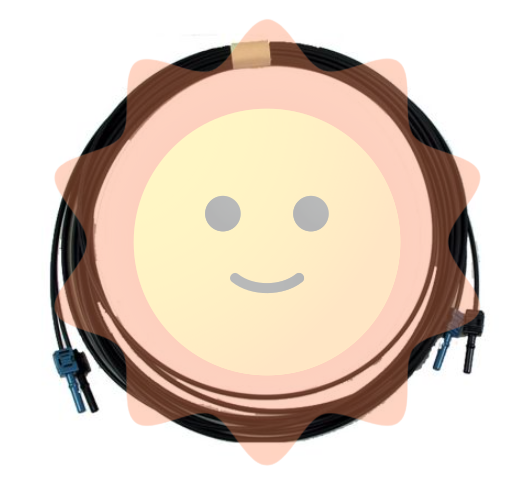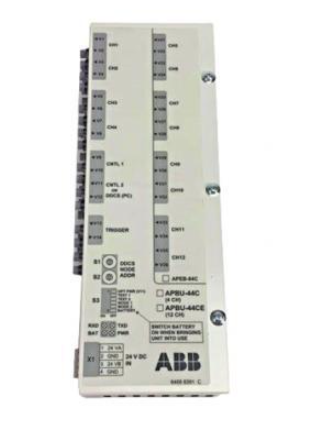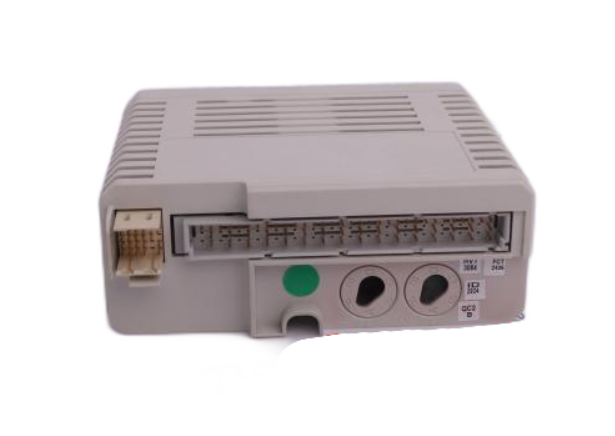AB 1762-L24AWA MicroLogix 1200 Programmable Controllers
Wiring Considerations
Wiring Requirements: Be aware of how different controller models are wired, e.g., 1762 - L24AWA models have their own input and output wiring. Be careful when wiring to prevent wire fragments from falling into the controller, and make sure there are no metal fragments in the controller when you are finished wiring before removing the protective strips, otherwise overheating may occur.
Wire Gauge: Different types of wire (solid, stranded) have different gauge requirements such as #14 to #22 AWG for solid wire and #16 to #22 AWG for stranded wire. Wiring torque is 0.791 Nm (7 in - lb). Use the proper wire and the correct torque to ensure a reliable connection and avoid failure due to poor contact.
Special: For inductively loaded devices such as motor starters and solenoid valves, surge suppression devices are required to protect the controller outputs from voltage transients that could damage relay contacts or transistor outputs, as well as to minimise the effects of electrical noise on the system wiring. Grounding is critical for solid state control systems, use AWG #14 wire to connect the controller ground screw to the ground bus, all devices connected to the RS-232 channel must be referenced to the controller ground or float, there are special restrictions on the use of the sensor power supply on certain models of controllers, for example the 24V dc sensor power supply on controllers such as the 1762-L24BWA is used to power input devices only.
Operating and Maintenance Considerations
Operating Environment: The controller has an operating temperature range of + 0°C to + 55°C (+32°F to + 131°F), a storage temperature range of - 40°C to + 85°C (- 40°F to + 185°F), and a relative humidity range of 5% to 95% (non-condensing). Exceeding these ranges may affect the performance and life of the equipment, and you should ensure that the operating environment meets the requirements.
- EMERSON
- Honeywell
- CTI
- Rolls-Royce
- General Electric
- Woodward
- Yaskawa
- xYCOM
- Motorola
- Siemens
- Rockwell
- ABB
- B&R
- HIMA
- Construction site
- electricity
- Automobile market
- PLC
- DCS
- Motor drivers
- VSD
- Implications
- cement
- CO2
- CEM
- methane
- Artificial intelligence
- Titanic
- Solar energy
- Hydrogen fuel cell
- Hydrogen and fuel cells
- Hydrogen and oxygen fuel cells
- tyre
- Chemical fiber
- dynamo
- corpuscle
- Pulp and paper
- printing
- fossil
- FANUC
- Food and beverage
- Life science
- Sewage treatment
- Personal care
- electricity
- boats
- infrastructure
- Automobile industry
- metallurgy
- Nuclear power generation
- Geothermal power generation
- Water and wastewater
- Infrastructure construction
- Mine hazard
- steel
- papermaking
- Natural gas industry
- Infrastructure construction
- Power and energy
- Rubber and plastic
- Renewable energy
- pharmacy
- mining
- Plastic industry
- Schneider
- Kongsberg
- NI
- Wind energy
- International petroleum
- International new energy network
- gas
- WATLOW
- ProSoft
- SEW
- wind
- ADVANCED
- Reliance
- YOKOGAWA
- TRICONEX
- FOXBORO
- METSO
- MAN
- Advantest
- ADVANCED
- ALSTOM
- Control Wave
- AB
- AMAT
- STUDER
- KONGSBERG
- MOTOROLA
- DANAHER MOTION
- Bently
- Galil
- EATON
- MOLEX
- Triconex
- DEIF
- B&W
- ZYGO
- Aerotech
- DANFOSS
- KOLLMORGEN
- Beijer
- Endress+Hauser
- MOOG
- KB
- Moxa
- Rexroth
- YAMAHA


Email:wang@kongjiangauto.com

